Yesterday’s worship service focused on our responsible use of social media. Here is a review of a book that reminds the church how we might use such media in a positive way. Click here to read yesterday’s sermon, “A Light in the World”
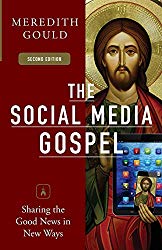
Meredith Gould, The Social Media Gospel: Sharing the Good News in New Ways, second edition (Collegeville, MN: Liturgical Press, 2015), 180 pages, index and notes.
This easily read book encourages churches to support social media as a way to expand their communication and outreach. Sadly, it is four years old. The digital world is rapidly changing as new venues come online and changes are made to existing ones. The author, a committed Roman Catholic, writes for an ecumenical audience. She often quoting those from other Christian traditions. The forward for this edition is even written by the Reverend David Hansen, a Lutheran pastor in Texas.
The book consists of three sections with a number of helpful appendixes. In the first section, which I found most helpful, she debunks the idea that social media destroys community. Instead, it creates new types of communities. She also has a brief chapters on generational differences, learning styles, and personality types. She helpfully points out that what one person finds annoying could be what draws another person into the community (22). Such a reminder is helpful, for it is too easy to let the most outspoken critics drive us, which often leading to inefficient efforts that fail to accomplish anything. A little grace by all of us goes a long way toward accomplishing the church’s mission.
Gould provides an interesting take on the old 80/20 rule. She suggests that 80% of our content on social media should be about building community and only 20% to be about promoting and reporting on the news of the organization. I have heard similar ideas from several other sources writing about business use of social media, one of which suggested that you try to build up your reputation (or brand), offer five helpful solutions for every “sales pitch” you make. A second interesting “rule” (which she credits to Jakob Nielsen) is the 90/9/1 Rule. 90% of the people observe your social media presence, 9% occasionally participate by commenting or interacting, and 1% dominate by providing most of the content and comments. She suggested the 1% are important for they are our ambassadors/evangelists, but that we also don’t forget that we may be reaching a lot more people than those who participate. (26)
There were a number of other gleaming I found helpful in Gould’s opening section. She suggests that technology provides a means to prepare people for the sacraments, but it does not replace or provide the sacrament. (10) There is still need for real presence within the community. I also found it helpful how Gould describes the development of online communities. Online, things move approximately three times faster than in the real world. People engage much quicker and they also stay engaged shorter periods of time than they might in the face-to-face world. (31)
The second section of this book offers guidelines into developing a social media strategy and provides a basic overview for top mediums of social media: blogging, Facebook, LinkedIn, Pinterest, Instagram, Twitter, YouTube, Snapchat. For each of these groups, she provides suggestions on ways the church might use them to further its mission. While she does not suggest that the church attempt to use all of these mediums, but to pick those which would best for the church’s situation (there are helpful questions that can guide such decisions), she is a big fan of Twitter. While she doesn’t suggest that Twitter is for everyone, she tells of her “conversion.”
The final section of the book is titled “Making Social Media Work.” There are several helpful chapters here that focus on how social media can be integrated into a church’s communication strategy, how to develop content (and share it on multiple platforms), handling burnout, best practices for social media use and how to handle online conflict. As for creating content, it needs to be short (according to her suggestion, this review is about 250 words longer than it should be J).
While I found parts of this book dated and a little elementary, Gould provides useful tools to help congregations discuss this new world in which we live. And, as for it being elementary, I must remember that may not be the case for everyone. After all, I’ve had a blog for over 15 years, have served churches with websites for 25 years, and have been on Facebook for nearly a dozen years. Others may find this book to be right at the level as they began engaging in this new online world.

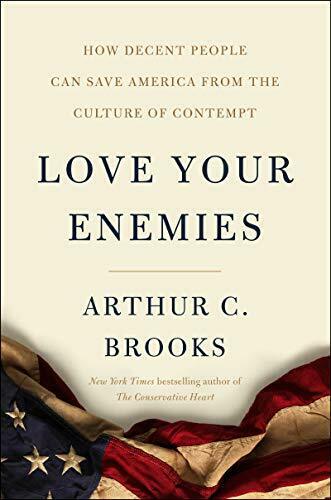 Arthur C. Brooks, Love Your Enemies: How Decent People Can Save America for the Culture of Contempt (HarperCollins, 2019), 243 pages, index and notes.
Arthur C. Brooks, Love Your Enemies: How Decent People Can Save America for the Culture of Contempt (HarperCollins, 2019), 243 pages, index and notes.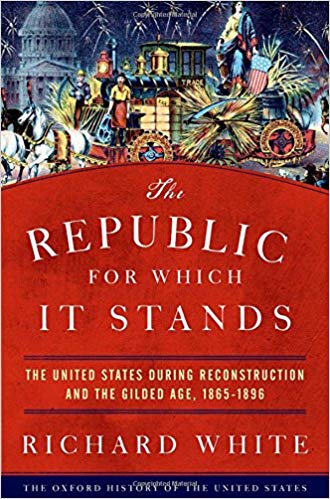
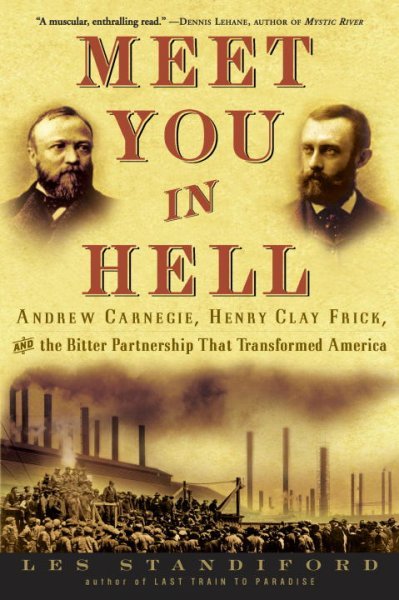

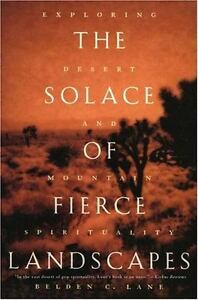 Belden C. Lane, The Solace of Fierce Landscapes: Exploring Desert and Mountain Spirituality (Oxford University Press, 1988), 282 pages including notes, index, and some photos included within the text.
Belden C. Lane, The Solace of Fierce Landscapes: Exploring Desert and Mountain Spirituality (Oxford University Press, 1988), 282 pages including notes, index, and some photos included within the text.
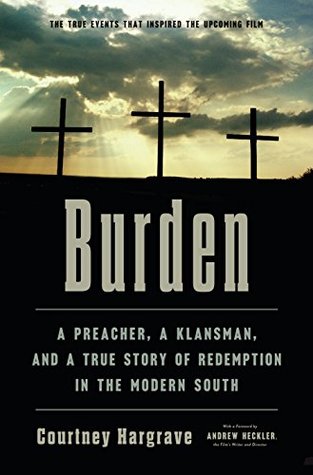
 U. S. Grant is an amazing story. Even how he came upon his name (which was latter joked to be Unconditional Surrender Grant) is an interesting story. At the dawn of the Civil War, Grant was broke, having failed in several business attempts. He had been dismissed from the army due to his drinking problems. Eight years later, after having led the Union forces to victory, Grant is the President of the United States. In this massive biography, Ron Chernow tells Grant’s story. Chernow challenges many of the presuppositions that are often held about Grant such as his military achievement was due to his superior numbers and that he, like his presidency, was corrupt. While acknowledging the truth of the Union superiority in numbers and the corruption of his administration, Chernow believes that Grant was a superior officer and he, himself, wasn’t corrupt. Grant’s greatest fault, according to Chernow, was his loyalty to friends. It appears Grant best action and clearest head was in the chaos of battle. In his private life he often overlooked the faults of his friends and was too trusting. In battle, he had no problems removing ineffective commanders.
U. S. Grant is an amazing story. Even how he came upon his name (which was latter joked to be Unconditional Surrender Grant) is an interesting story. At the dawn of the Civil War, Grant was broke, having failed in several business attempts. He had been dismissed from the army due to his drinking problems. Eight years later, after having led the Union forces to victory, Grant is the President of the United States. In this massive biography, Ron Chernow tells Grant’s story. Chernow challenges many of the presuppositions that are often held about Grant such as his military achievement was due to his superior numbers and that he, like his presidency, was corrupt. While acknowledging the truth of the Union superiority in numbers and the corruption of his administration, Chernow believes that Grant was a superior officer and he, himself, wasn’t corrupt. Grant’s greatest fault, according to Chernow, was his loyalty to friends. It appears Grant best action and clearest head was in the chaos of battle. In his private life he often overlooked the faults of his friends and was too trusting. In battle, he had no problems removing ineffective commanders. Billy Beasley, The Preacher’s Letter. (Little Elm, TX: eLectio Publishing, 2018), 265 pages
Billy Beasley, The Preacher’s Letter. (Little Elm, TX: eLectio Publishing, 2018), 265 pages Olivia Laing, To the River (Edinburgh: Canongate, 2011), 281 pages, a few black and white photos.
Olivia Laing, To the River (Edinburgh: Canongate, 2011), 281 pages, a few black and white photos. Scott Stillman, Wilderness: The Gateway to the Soul (Boulder, CO: Wild Soul Press, 2018), 198 pages.
Scott Stillman, Wilderness: The Gateway to the Soul (Boulder, CO: Wild Soul Press, 2018), 198 pages.